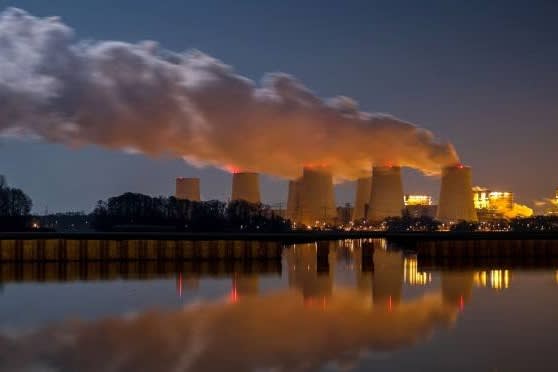Climate models forecast more frequent extreme heat
Climate change updates
Sign up to myFT Daily Digest to be the first to know about Climate change news.

New heat records have been shattered around the world this month, with Sicily setting a new European high of 48.8C and Spain roasting with a 47.4C national record.
Although hot weather is not uncommon in the Mediterranean in August, new modelling shows that heatwaves will become longer and more intense if greenhouse gas emissions grow.
The impact will be particularly evident in the southern hemisphere: by the end of this century, the number of days above 35C could increase by more than 200 annually in parts of South America in a scenario where emissions grow.
However, in a world where emissions are cut rapidly, the increase is much smaller — about 58 additional days above 35C by the end of the century in that same region.
The report by the Intergovernmental Panel on Climate Change released this month highlighted the difference between possible climate outcomes depending on how much the world warms.
If the planet warms by 4C, then an extreme heat event that would have occurred once in 50 years, would be 39.2 times more likely to occur.
If it warms by 1.5C, then the same event would be 8.6 times more likely to occur, compared with the baseline period 1850-1900.
While the summer months often see people flocking to the coast to enjoy the heat, the extreme temperatures recorded recently in Europe can also be deadly.
The UK’s Met Office recently warned that Europe needs to prepare for a hotter climate in which temperatures will occasionally exceed even 50C.
“The chances each summer of seeing really extreme temperatures are pretty high now,” said Peter Stott, the Met’s lead scientist on climate modelling and attribution.
Climate Capital

Where climate change meets business, markets and politics. Explore the FT’s coverage here.
Are you curious about the FT’s environmental sustainability commitments? Find out more about our science-based targets here